Jennifer van Hardenberg
UX Case Study // FirstSigns
UX CASE STUDIES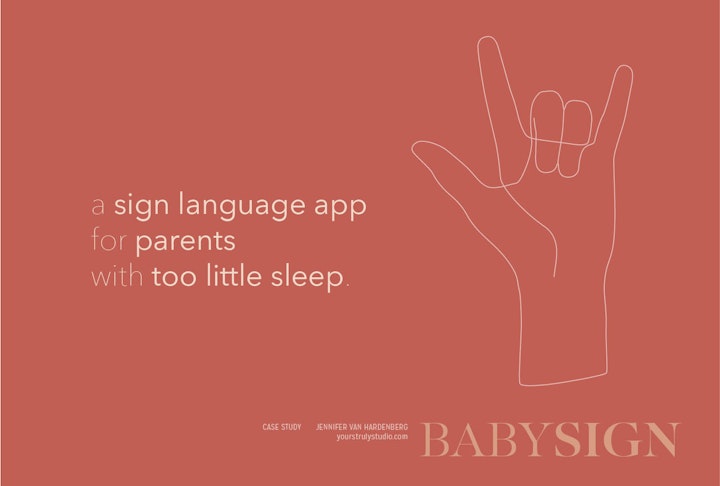
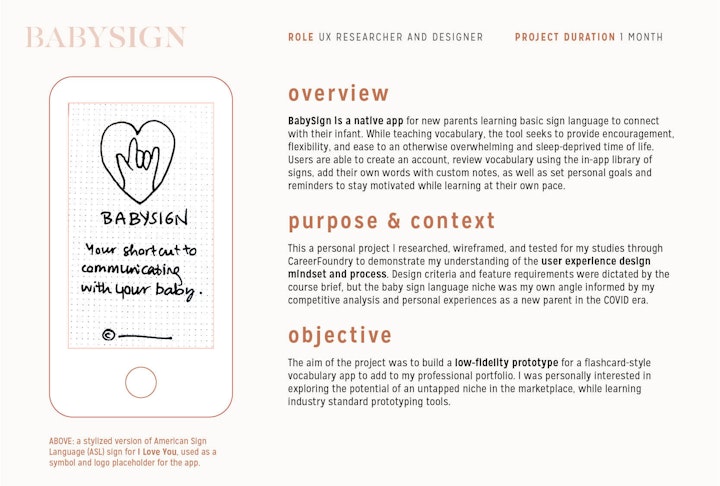
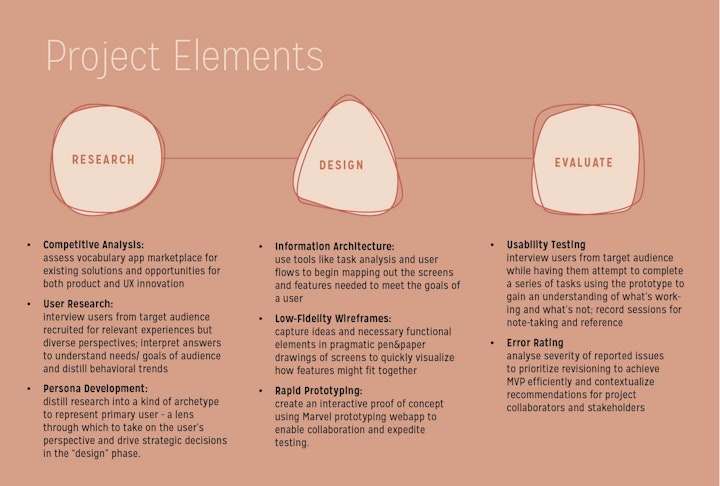
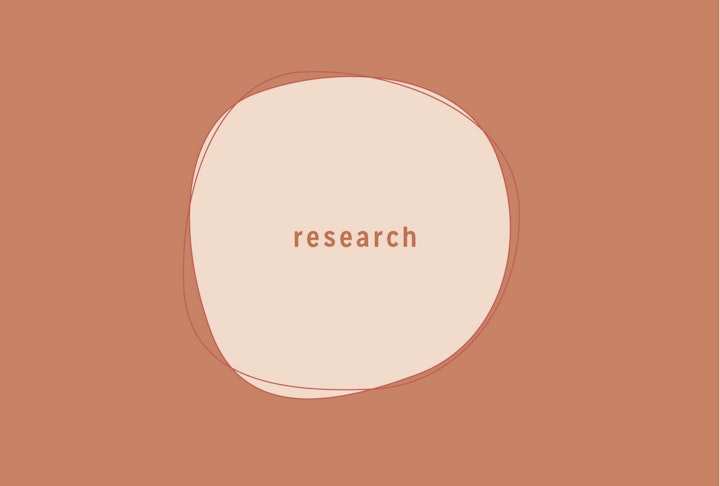
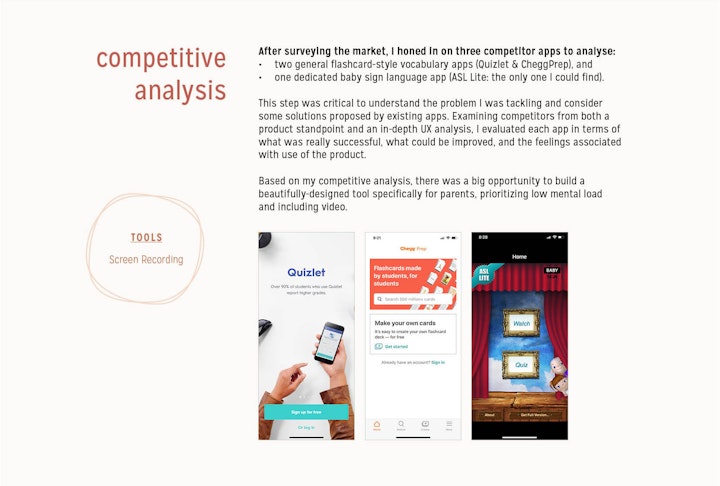
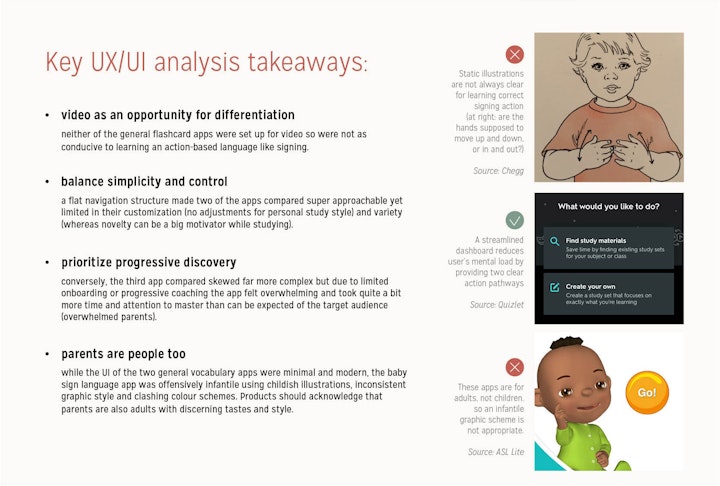
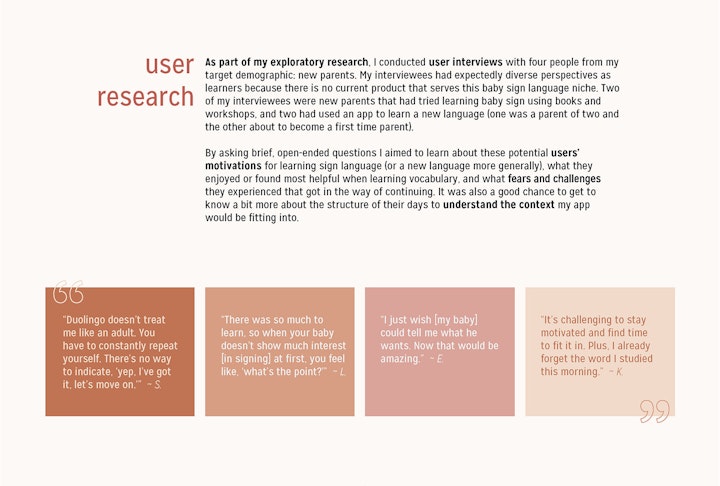
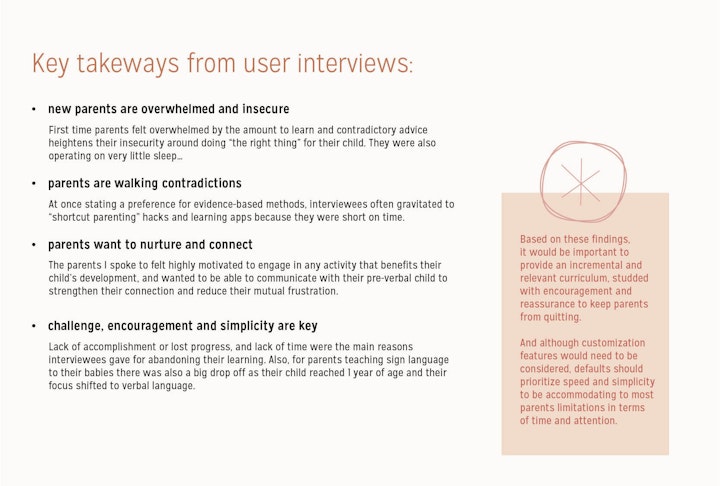
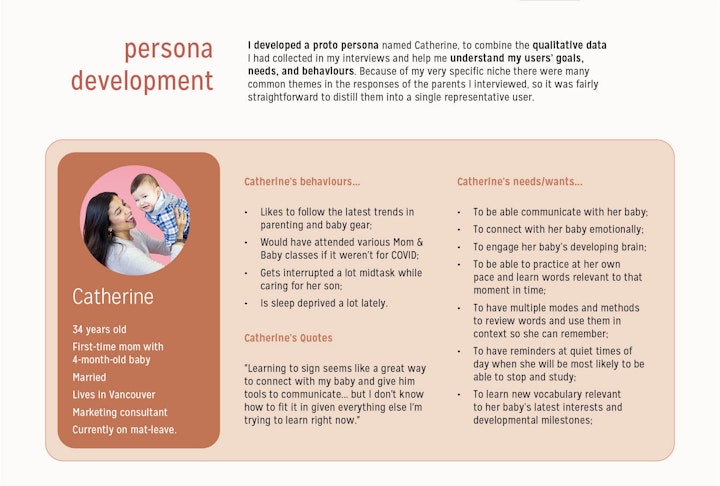
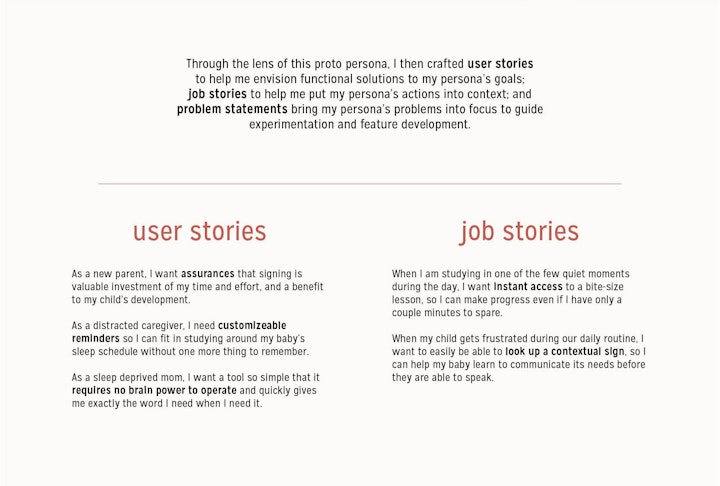
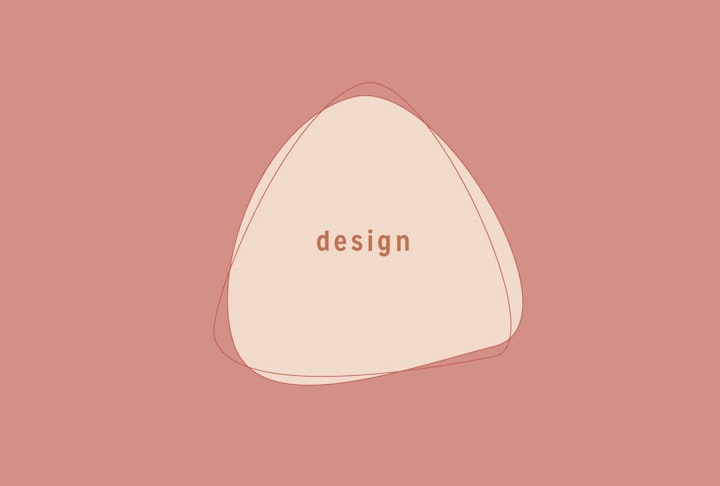
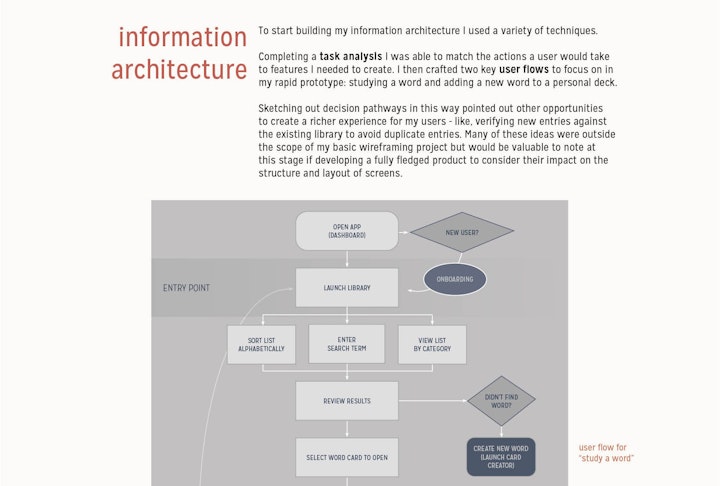
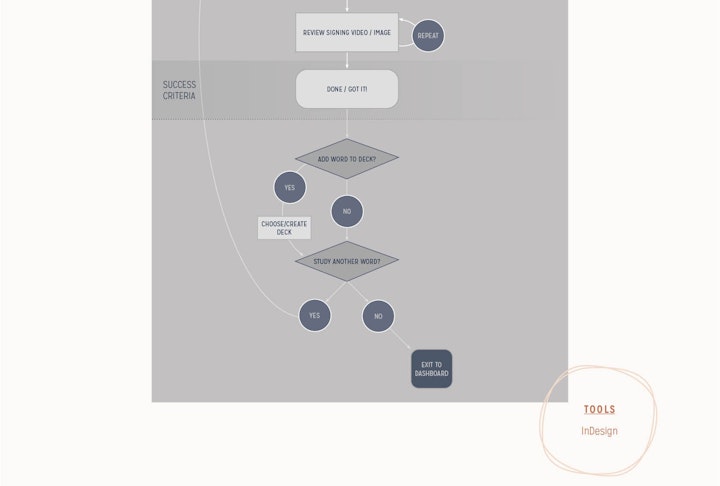
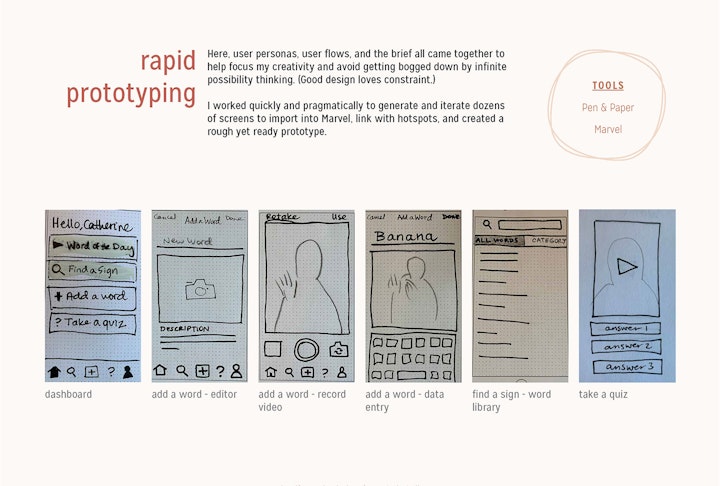

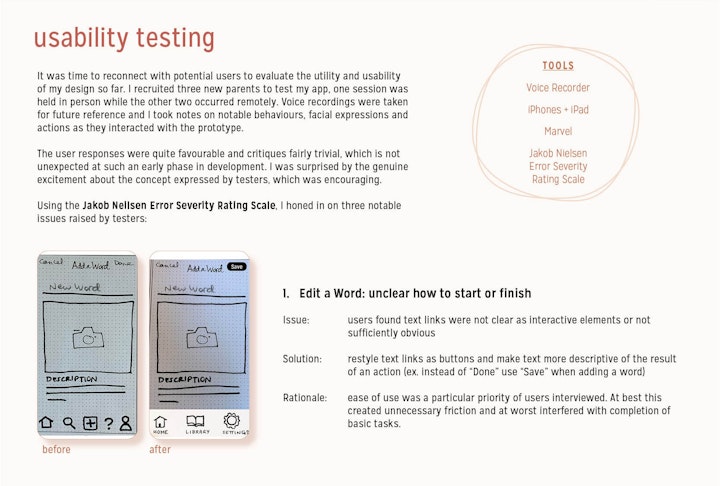
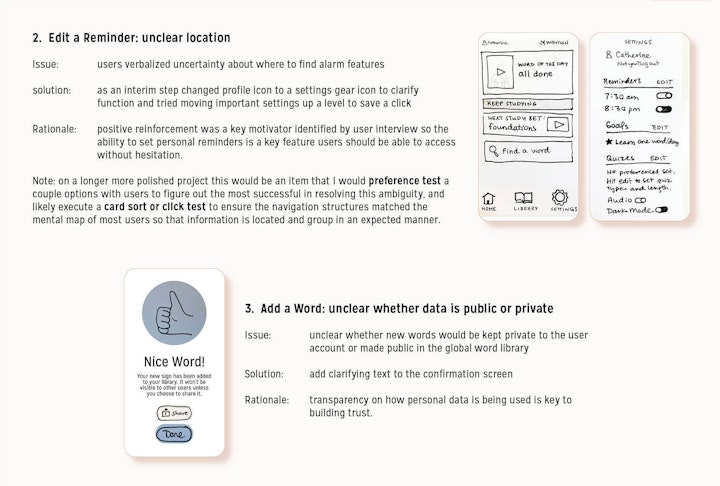
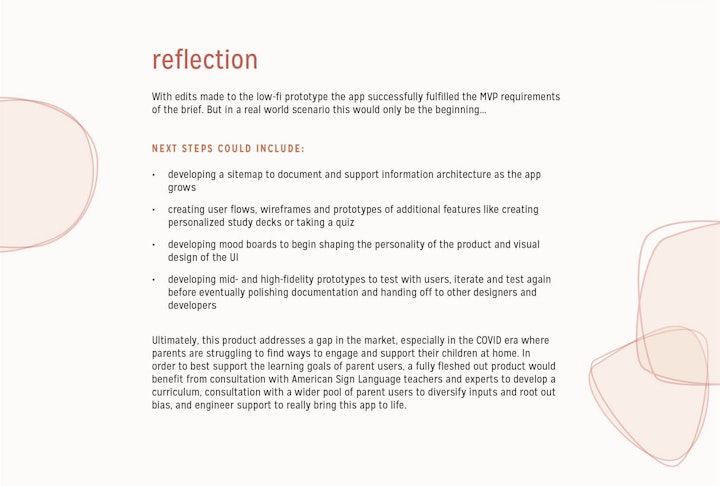
UX Case Study // FirstSigns
UX CASE STUDIES
role: UX researcher and designer
project duration: 1 month
overview
FirstSigns is a native app for new parents learning basic sign language to connect with their infant. While teaching vocabulary, the tool seeks to provide encouragement, flexibility, and ease to an otherwise overwhelming and sleep-deprived time of life. Users are able to create an account, review vocabulary using the in-app library of signs, add their own words with custom notes, as well as set personal goals and reminders to stay motivated while learning at their own pace.
purpose & context
This is a personal project I researched, wireframed, and tested for my studies through CareerFoundry to demonstrate my understanding of the user experience design mindset and process. Design criteria and feature requirements were dictated by the course brief, but the American sign language niche was my own angle informed by my competitive analysis and personal experiences as a new parent in the COVID era.
objective
The aim of the project was to build a low-fidelity prototype for a flashcard-style vocabulary app to add to my professional portfolio. I was personally interested in exploring the potential of an untapped niche in the marketplace while learning industry-standard prototyping tools.
project elements
Research: Competitive Analysis, User Research, Personal Development
Design: Information Architecture, Low-Fidelity Wireframes, Rapid-Prototyping
Evaluate: Usability Testing, Error Rating
See the above case study for a complete project summary, or download the pdf presentation: case-studybabysignfinal.pdf
a note on the name:
In my readings and research, I have come across discourse criticizing so-called "baby sign language" as appropriation of ASL culture and other Deaf communities worldwide. It was never my intention to perpetuate cycles of appropriation through the concept of this app. As my own sign language teacher pointed out, not only are there tremendous cognitive benefits to learning more than one language during the sensitive first years of life when humans are hardwired to learn language almost effortlessly, there are also wider social benefits to be able to engage with the ASL community. It is estimated that there are 500,000 ASL speakers in the US alone. Could broader learning of ASL as a childhood default be a way to foster connection and embrace difference in the workplace and educational environments where differences in ability can often be met with discrimination and alienation? In the meantime, I have renamed my project FirstSigns to indicate the intention of the app to provide an initial stepping stone in a lifelong ASL learning journey.



